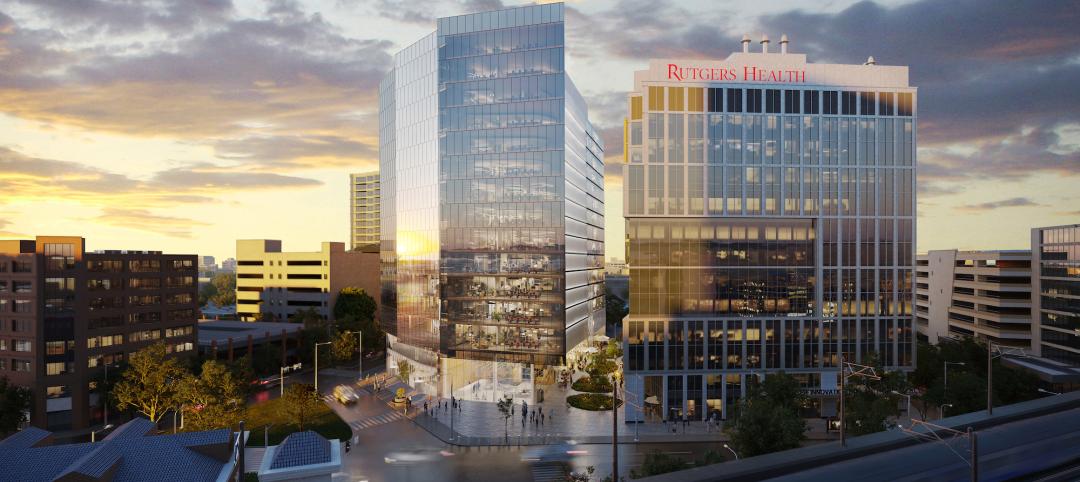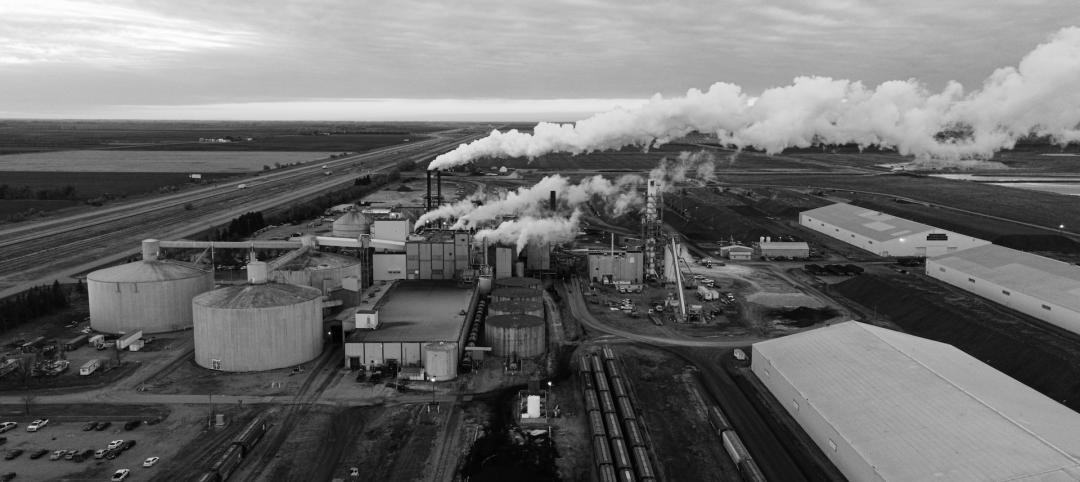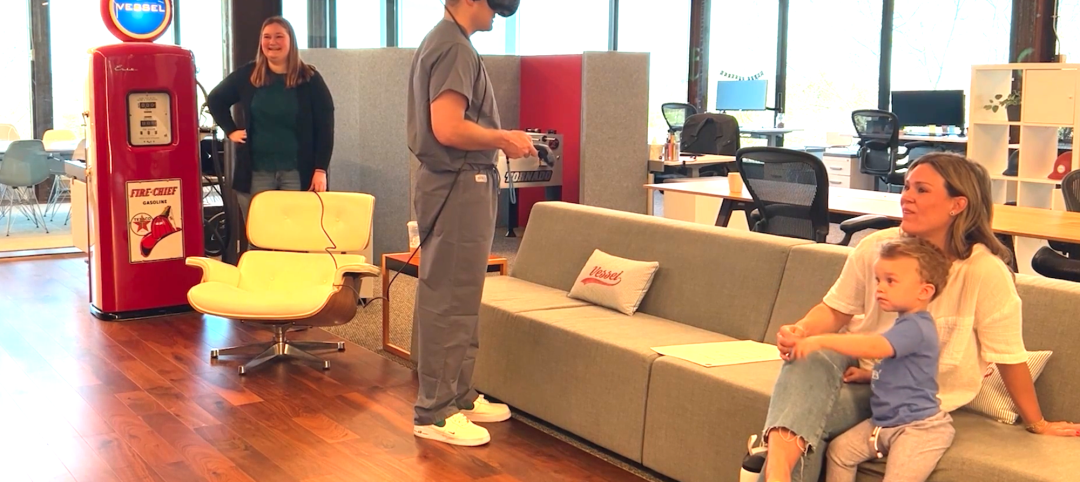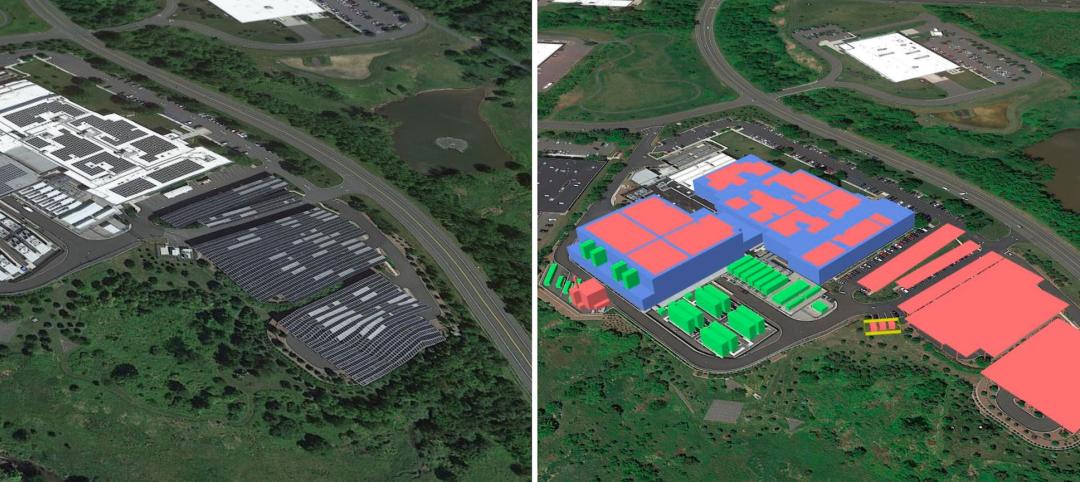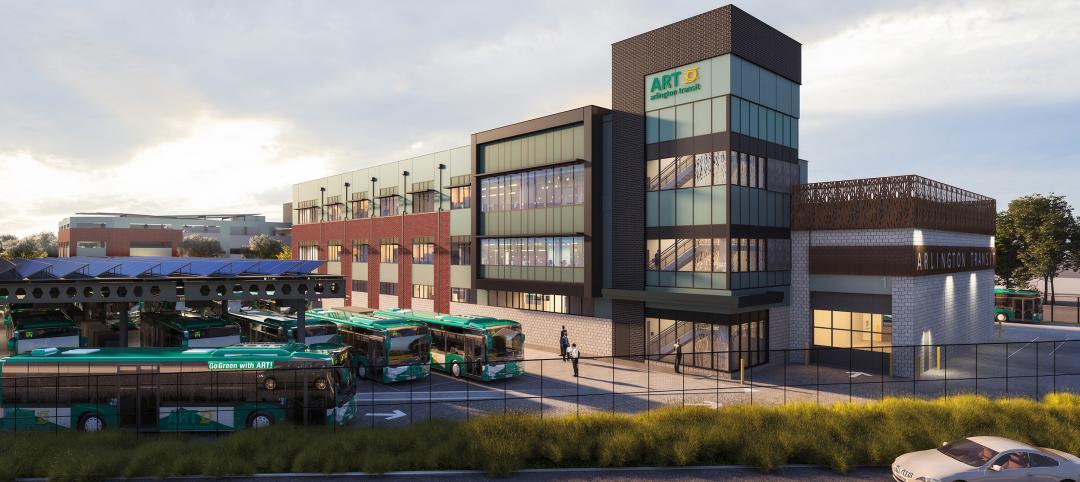Over the past eight years, the general contractor Swinerton went through an up and down growth trajectory that was limited by where it operated and the products it focused on.
In 2018, the company—which dates back to 1888—came out with its March to 2030, a blueprint for future growth that emphasizes product and geographic diversity. Since that plan came to light, the firm has expanded into Texas, Atlanta, Charlotte, and Raleigh. And now, it is making its boldest move by opening its first office in New York City, which Swinerton envisions becoming its hub for the Northeast.
That’s a tall order, given that the company had virtually no presence in that part of the country outside of some work in New Jersey by its renewable energy group. But the COVID-19 pandemic created what Swinerton’s CEO Eric Foster calls “an opportunity in crisis.”
“We feel the need to answer the call to build back better and stronger in post-pandemic New York,” says David Callis, Swinerton’s president and COO.
Running the New York office is Andrew Pearl, a 14-year company veteran who grew up in northern New Jersey but had spent his entire career, until now, with Swinerton in San Diego and San Francisco. “I never intended to stay in California,” Pearl tells BD+C, and he’s been pushing the company to open a branch in New York practically since he joined the firm.
After the coronavirus hit, Swinerton’s executives approached Pearl in the spring of 2020 about accelerating the company’s growth plans for the Northeast. Swinerton officially opens its New York office today at 292 Madison Avenue with 10 fulltime employees.
HOMING IN ON EXISTING ACCOUNTS

Andrew Pearl, Swinerton's New York division manager, has been urging his firm to expand into New York City for more than a decade. Image: Swinerton.
Pearl, whose title is Vice President and Division Manager, says that for the next 12 to 18 months, the New York office’s strategy is to serve the firm’s 75-plus accounts with which it has master agreements. These include technology companies, big banks, and insurance companies. Indeed, the first job the New York office booked is a “small” project for one of its tech clients.
“Many of these clients have been asking us to expand east to do work for them, and now we can finally say ‘yes,’” says Pearl. He adds that the types of projects Swinerton’s New York office is focusing on initially are corporate interiors, aviation, and healthcare/life sciences.
LEVERAGING DIFFERENTIATORS
The New York metro area is the largest and one of the most competitive commercial construction markets in the U.S. Prior to the pandemic, the value of commercial and multifamily starts in the area stood at $30.9 billion in 2019, according to Dodge Data & Analytics estimates.
To get the word out about its new office, Swinerton has hired a local P.R. agency, Cathy Callegari Public Relations, whose client list includes several other construction and engineering firms. Pearl is also in the process of joining a nonprofit that specializes in community building and neighborhood revitalization, and that Swinerton is part of in nine other cities.
And while Swinerton is the new kid on the block in New York, Pearl believes that this $5 billion company, with 20 offices in nine states, can leverage several “differentiators” when pitching new and existing customers. For example, earlier this year Swinerton launched its Timberlab brand for mass timber delivery and integration. Its renewable energy group is active in 28 states. It has a real estate redevelopment business, and a design-build collaboration called Perq with the engineering firm Walker Consultants.
Pearl says the company also has operations in Philadelphia and northern Virginia that now fall under the New York office umbrella.
Related Stories
Laboratories | Jun 23, 2023
A New Jersey development represents the state’s largest-ever investment in life sciences and medical education
In New Brunswick, N.J., a life sciences development that’s now underway aims to bring together academics and researchers to work, learn, and experiment under one roof. HELIX Health + Life Science Exchange is an innovation district under development on a four-acre downtown site. At $731 million, HELIX, which will be built in three phases, represents New Jersey’s largest-ever investment in life sciences and medical education, according to a press statement.
Sports and Recreational Facilities | Jun 22, 2023
NFL's Jacksonville Jaguars release conceptual designs for ‘stadium of the future’
Designed by HOK, the Stadium of the Future intends to meet the evolving needs of all stadium stakeholders—which include the Jaguars, the annual Florida-Georgia college football game, the TaxSlayer.com Gator Bowl, international sporting events, music festivals and tours, and the thousands of fans and guests who attend each event.
Contractors | Jun 22, 2023
Chris Averill named President of Pepper Construction Group
Pepper Construction Group is pleased to announced the promotion of Chris Averill to the position of President. In his new role, Averill will assume leadership responsibility for the Pepper Construction Group’s growth and performance.
Industrial Facilities | Jun 20, 2023
A new study presses for measuring embodied carbon in industrial buildings
The embodied carbon (EC) intensity in core and shell industrial buildings in the U.S. averages 23.0 kilograms per sf, according to a recent analysis of 26 whole building life-cycle assessments. That means a 300,000-sf warehouse would emit 6,890 megatons of carbon over its lifespan, or the equivalent of the carbon emitted by 1,530 gas-powered cars driven for one year. Those sobering estimates come from a new benchmark study, “Embodied Carbon U.S. Industrial Real Estate.”
Virtual Reality | Jun 16, 2023
Can a VR-enabled AEC Firm transform building projects?
With the aid of virtual reality and 3D visualization technologies, designers, consultants, and their clients can envision a place as though the project were in a later stage.
Mechanical Systems | Jun 16, 2023
Cogeneration: An efficient, reliable, sustainable alternative to traditional power generation
Cogeneration is more efficient than traditional power generation, reduces carbon emissions, has high returns on the initial investment, improves reliability, and offers a platform for additional renewable resources and energy storage for a facility. But what is cogeneration? And is it suitable for all facilities?
AEC Innovators | Jun 15, 2023
Rogers-O'Brien Construction pilots wearables to reduce heat-related injuries on jobsites
Rogers-O'Brien Construction (RO) has launched a pilot program utilizing SafeGuard, a safety-as-a-service platform for real-time health and safety risk assessment. Non-invasive wearables connected to SafeGuard continuously monitor personnel to prevent heat exhaustion on jobsites, reducing the risk of related injuries. RO is the first general contractor to pilot this program.
Office Buildings | Jun 15, 2023
An office building near DFW Airport is now home to two Alphabet companies
A five-minute drive from the Dallas-Fort Worth International Airport, the recently built 2999 Olympus is now home to two Alphabet companies: Verily, a life sciences business, and Wing, a drone delivery company. Verily and Wing occupy the top floor (32,000 sf and 4,000 sf, respectively) of the 10-story building, located in the lakeside, work-life-play development of Cypress Waters.
Transit Facilities | Jun 15, 2023
Arlington, Va., transit station will support zero emissions bus fleet
Arlington (Va.) Transit’s new operations and maintenance facility will support a transition of their current bus fleet to Zero Emissions Buses (ZEBs). The facility will reflect a modern industrial design with operational layouts to embrace a functional aesthetic. Intuitive entry points and wayfinding will include biophilic accents.
Urban Planning | Jun 15, 2023
Arizona limits housing projects in Phoenix area over groundwater supply concerns
Arizona will no longer grant certifications for new residential developments in Phoenix, it’s largest city, due to concerns over groundwater supply. The announcement indicates that the Phoenix area, currently the nation’s fastest-growing region in terms of population growth, will not be able to sustain its rapid growth because of limited freshwater resources.



